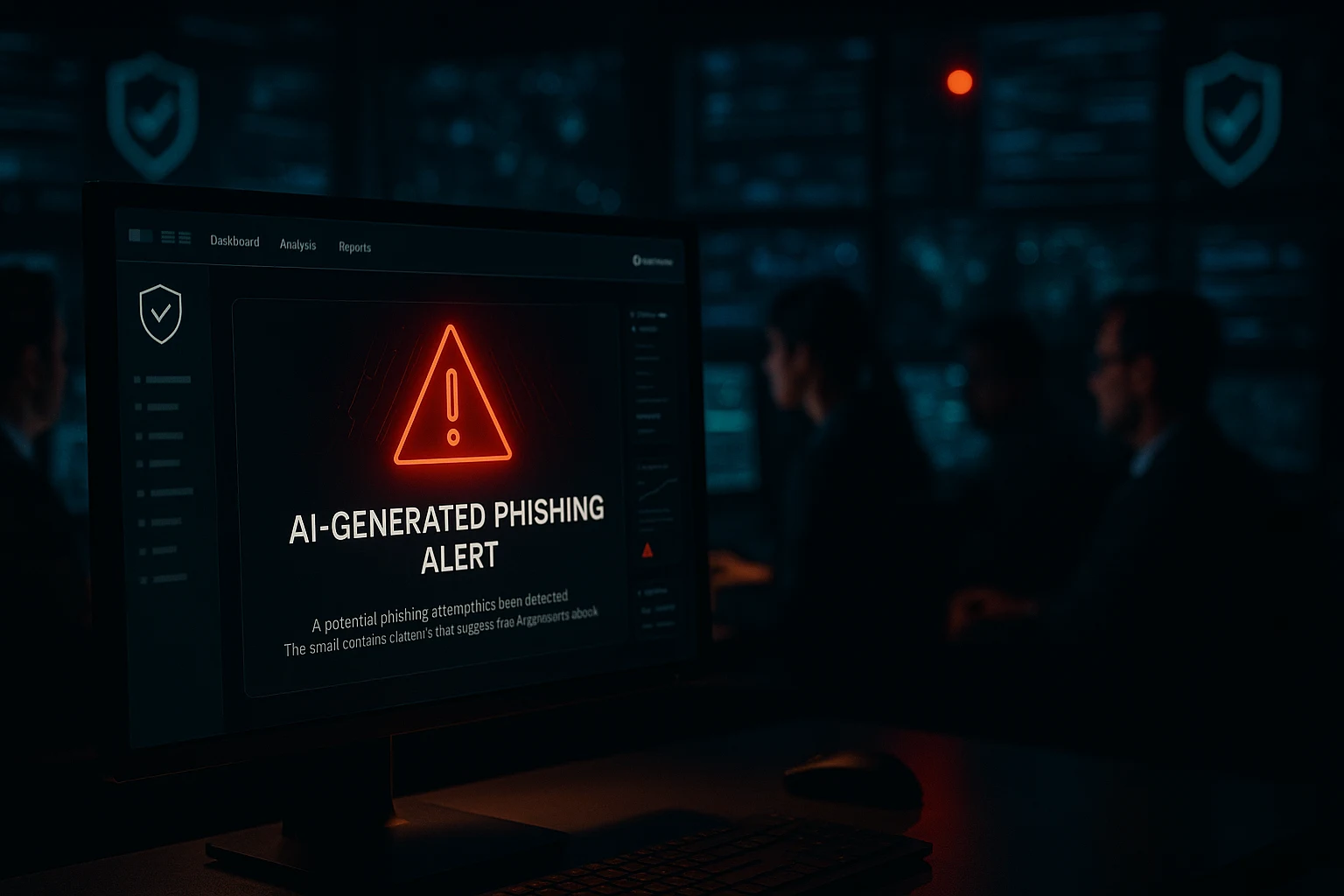Contents
Is Your IT Team Ready?
AI has been helping businesses move faster for a while. Unfortunately, attackers have figured that out too.
In the past six months, security teams have reported a massive spike in phishing emails crafted using large language models. These messages aren’t full of typos or broken grammar anymore. They’re smart. Personalized. Often indistinguishable from a real coworker.
The FBI has even issued a warning about this new wave of AI-powered attacks. And while email filters are getting better, they’re not keeping up.
What’s Changed in 2025
- Phishing volumes are up over 1,200% due to generative AI use
- Messages now mimic tone, subject matter, and even corporate branding
- Attackers are automating domain registration and sending at scale
- Most filters still rely on static keyword patterns that AI can work around
If you’re relying solely on your mail server to catch these, you’re exposed.
What IT Teams Can Do About It
Fighting AI with AI is the next step, and that means smarter automation at the endpoint level. This is where Anakage steps in.
With Anakage, your IT team can:
- Detect spikes in suspicious behavior or apps triggered by phishing payloads
- Push real-time, in-app phishing alerts to employees based on incident data
- Auto-isolate compromised endpoints and trigger remediation workflows
- Integrate alert data with ITSM tools to auto-log and escalate critical cases
The best part? It all happens behind the scenes, without requiring extra agents or manual work.
Questions from Security Teams
Q: Can Anakage detect or block phishing itself?
Not directly. But it can react instantly to incidents flagged by your email security tools, starting automated resolution without delay.
Q: Will this slow down devices or affect user experience?
No. Anakage agents are lightweight and optimize device health as part of their core function.
See how Anakage helped a BFSI firm reduce incident response time from 90 minutes to just 11 seconds.
Schedule a demo today!


The rise of AI-driven phishing attacks is a game-changer for IT security. Traditional filters can’t keep up, which makes endpoint-level automation and real-time alerts crucial. It will be interesting to see how organizations balance this with employee awareness training.